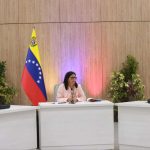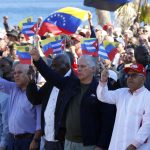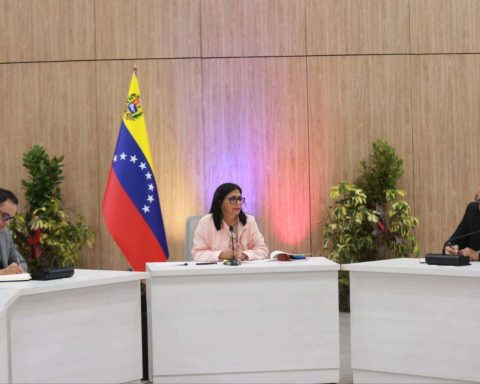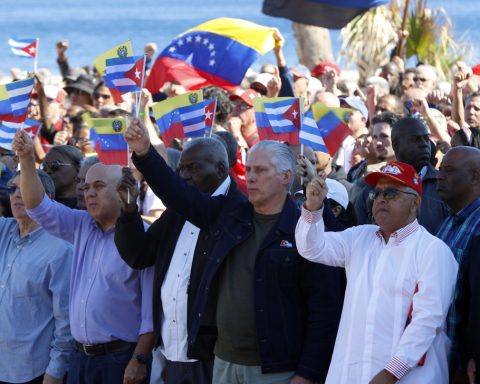The Chamber of Deputies approved this Thursday (28) a project that institutes the National Policy for Integrated Fire Management. The measure defines rules for situations in which the controlled use of fire will be allowed. The proposal will be analyzed by the Senate.
According to the text, the use of fire will be allowed in places where the peculiarities justify it for agricultural, wild and pastoral practices and with prior authorization. The matter also includes the possibility of an exception for scientific research approved by a recognized institution; for the practice of preventing and combating fires; in the subsistence cultures of indigenous peoples, quilombola or traditional communities and family farmers; and for the training of forest firefighters.
The proposal also specifies that, in the case of stretches of highways and railways, it will be possible to use fire to reduce combustible plant material and prevent forest fires, but containment measures must be adopted according to resolutions of the National Committee for Integrated Fire Management, created by the text.
The text prohibits the practice of fire as a method of suppression of native vegetation for an alternative use of the soil, except for the controlled burning of vegetation residues.
The matter defines the types of burning as controlled and prescribed. The first is used for agricultural, wild and pastoral purposes in specific areas. The second involves planning and control of fire for purposes of conservation, research or management within the integrated plan.
According to the proposal, another way to practice controlled burning is to request a specific authorization, in which the interested party must adopt some measures, such as:
– define labor and techniques and equipment to be used;
– prepare firebreaks with a width suitable for the environmental, topographical, climatic conditions and the type of combustible material;
– communicate to neighbors the intention to carry out the controlled burning, informing the date, start time and the place where it will be carried out;
– avoid burning in periods of higher temperature and respecting the prevailing wind conditions at the time of operation; and
– provide follow-up of the entire operation until the fire is out in order to adopt containment measures.
The firebreak is a strip where all the vegetation is purposely removed to avoid the spread of fire in areas that are not intended to be reached with the technique.
Quilombolas and indigenous peoples
The text allows burning for subsistence agriculture carried out by indigenous peoples, quilombola peoples and traditional communities, according to their uses, customs and traditions. However, it provides for rules such as burning at appropriate times in order to avoid risk of loss of control; prior agreement with the resident community; communication to the temporary forest brigade responsible for the area, when applicable; carrying out adequate firebreaks; and include burning in the integrated fire management calendar if it exists.
*With information from the Chamber Agency

















